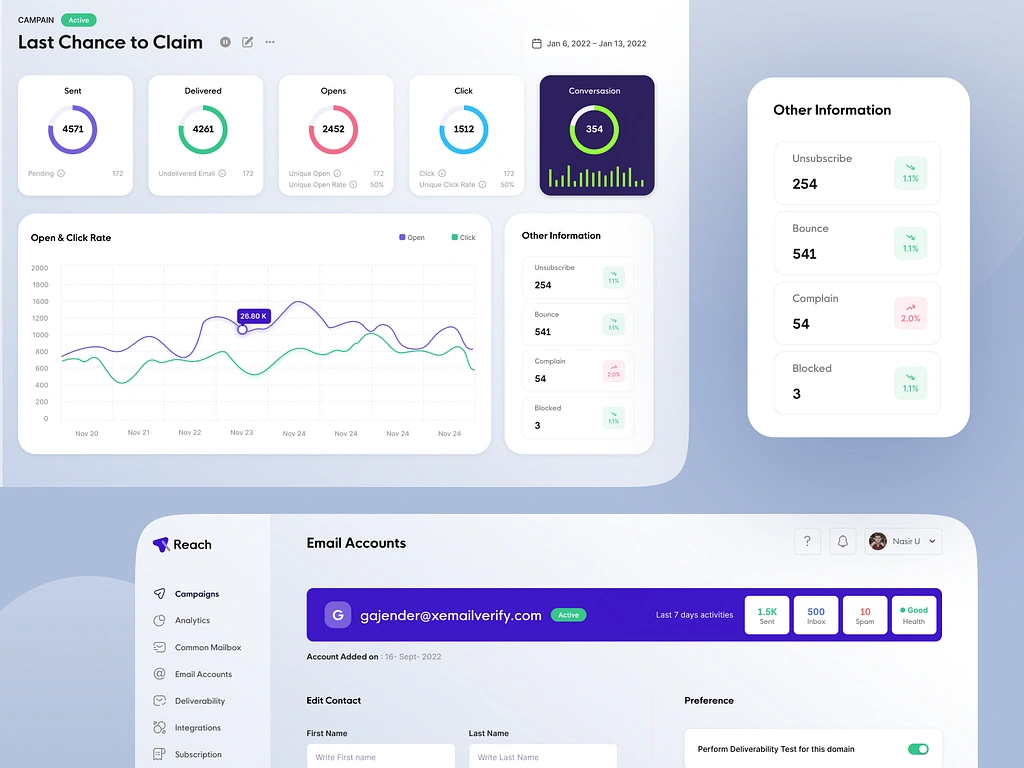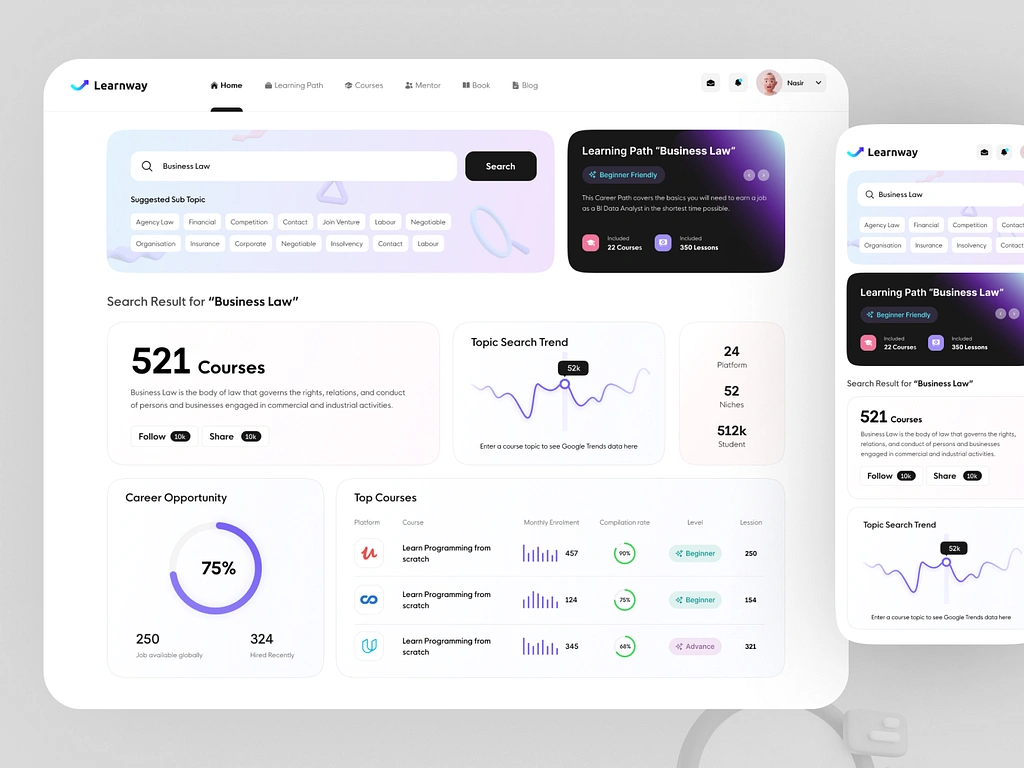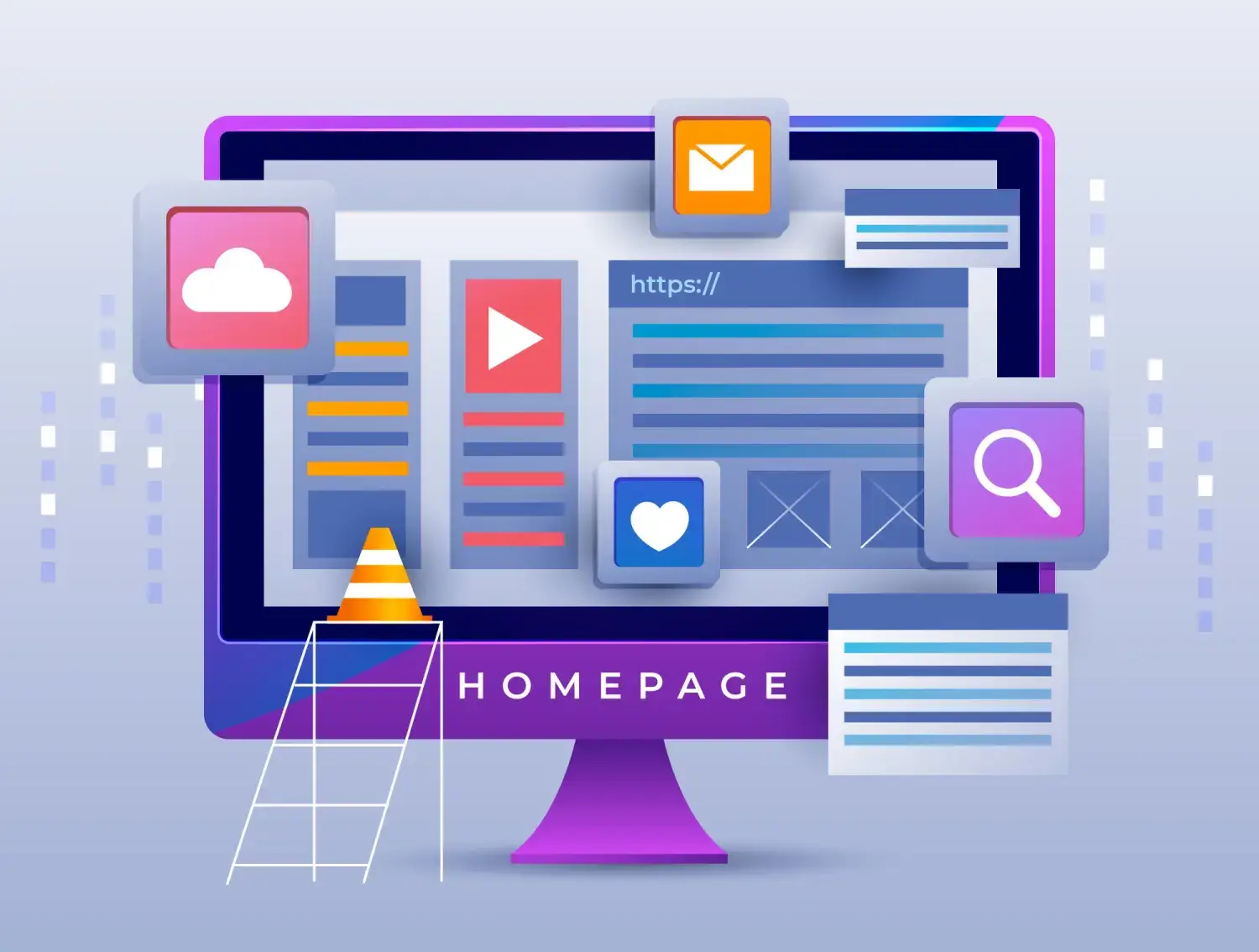In the bustling world of product development, two roles often find themselves at the helm of innovation: the Product Designer and the Product Manager. At first glance, these titles may conjure images of distinct responsibilities, yet in reality, they dance on the delicate line between creativity and strategy, each bringing their unique flair to the tapestry of a successful product. As digital ecosystems evolve rapidly, understanding the nuances that differentiate these pivotal roles is more crucial than ever. Are they truly different entities, or do they share more common ground than we think? This exploration into “Product Designer vs Product Manager” promises to unravel the intricate layers of responsibility, creativity, and collaboration that define these professional landscapes.
Imagine a world where the boundaries between design and management blur, creating an environment ripe with innovation. Here, the Product Designer breathes life into abstract concepts, transforming ideas into visually compelling and user-friendly experiences. In parallel, the Product Manager orchestrates the broader narrative, ensuring that every piece of the puzzle aligns with overarching business goals. Yet, as new methodologies and agile practices take root, these roles often find themselves intertwined in surprising ways. Join us as we delve into this fascinating interplay, where strategic oversight meets creative genius, revealing how these professionals not only coexist but also thrive in today’s fast-paced product ecosystems.
The Evolution of Product Design and Product Management
The world of product development has undergone a significant transformation over the years. In the past, product design and product management were seen as separate entities, with distinct roles and responsibilities. However, as technology advanced and user expectations evolved, the lines between these two disciplines began to blur.
Today, product design and product management are more intertwined than ever before. They work hand in hand to create innovative products that not only meet user needs but also drive business growth. This evolution has led to a deeper understanding of the relationship between these two roles and how they can collaborate effectively to achieve success.
One of the key factors driving this evolution is the shift towards a more user-centric approach. In the past, products were often designed based on assumptions about what users wanted or needed. However, this approach proved to be ineffective as it failed to consider the actual needs and preferences of users.
With the rise of design thinking methodologies, product designers and product managers now place a strong emphasis on understanding user needs through research and empathy. They work together to gather insights from users, analyze data, and translate those findings into actionable design decisions.
Defining the Roles: Product Designer vs Product Manager
While there may be some overlap in their responsibilities, product designers and product managers have distinct roles within the product development process.
A product designer is primarily responsible for creating visually appealing and user-friendly experiences. They are skilled in graphic design, user interface (UI) design, and user experience (UX) design. Their main focus is on translating abstract concepts into tangible designs that resonate with users.
On the other hand, a product manager takes a more strategic approach. They are responsible for defining the overall vision for the product and ensuring that it aligns with the company’s goals and objectives. They work closely with stakeholders, including designers, engineers, and marketers, to prioritize features, set timelines, and manage the product roadmap.
While their roles may differ in terms of focus and skill sets, both product designers and product managers play a crucial role in the success of a product. Their collaboration is essential for bridging the gap between design and business objectives.
Skill Sets: Creativity vs Strategy
One of the key differences between product designers and product managers lies in their skill sets. Product designers are known for their creativity and ability to think outside the box. They have a keen eye for aesthetics and are skilled in using design tools to bring their ideas to life.
Product managers, on the other hand, are more focused on strategy and problem-solving. They have a deep understanding of market trends, customer needs, and business goals. They use this knowledge to make informed decisions about feature prioritization, resource allocation, and go-to-market strategies.
While these skill sets may seem distinct at first glance, they are actually complementary. The creative thinking of product designers helps drive innovation and ensures that products stand out in a crowded market. At the same time, the strategic mindset of product managers ensures that these innovative ideas are aligned with business objectives and have a tangible impact on the bottom line.
Collaborative Dynamics: Working Together for Success
The success of any product development project relies heavily on effective collaboration between product designers and product managers. While they may approach problems from different angles, their shared goal is to create products that delight users while driving business growth.
This collaborative dynamic requires open communication channels where both parties can share ideas, provide feedback, and work together towards a common vision. Product designers bring their creative expertise to the table while product managers provide strategic guidance and ensure that the product aligns with the company’s overall strategy.
By working together, product designers and product managers can leverage their respective strengths to overcome challenges, iterate on designs, and ultimately deliver a product that meets user needs and exceeds expectations.
User-Centric Approach: Design Thinking in Action
One of the key principles that both product designers and product managers embrace is a user-centric approach. Design thinking, a methodology that puts users at the center of the design process, has gained significant traction in recent years.
Design thinking encourages empathy, experimentation, and iteration. It involves understanding user needs through research, brainstorming ideas, prototyping solutions, and gathering feedback to refine designs. Both product designers and product managers play a crucial role in this process.
Product designers use their creative skills to come up with innovative design concepts that address user pain points. They create wireframes, mockups, and prototypes to visualize their ideas and gather feedback from users. Product managers then take this feedback into account when making strategic decisions about feature prioritization and roadmap planning.
This iterative approach allows for continuous improvement based on real user insights. By involving users throughout the design process, both product designers and product managers can ensure that the final product meets their needs and exceeds their expectations.
Roadmapping and Vision: Setting the Direction
A crucial aspect of successful product development is setting a clear vision for the future. Product managers are responsible for defining this vision based on market trends, customer insights, and business goals.
They work closely with stakeholders to create a roadmap that outlines the key milestones and features that will be developed over time. This roadmap serves as a guide for both product designers and engineers as they work towards bringing the vision to life.
Product designers play a vital role in this process by translating the product vision into tangible designs. They create visual representations of the future product, ensuring that all stakeholders have a clear understanding of what the end result will look like.
By aligning their efforts and working towards a shared vision, product designers and product managers can ensure that everyone is on the same page and working towards a common goal.
Communication and Stakeholder Management
Effective communication is key to successful collaboration between product designers and product managers. They need to be able to clearly articulate their ideas, provide feedback, and align their efforts towards a common goal.
Product managers act as the bridge between different stakeholders, including designers, engineers, marketers, and executives. They are responsible for ensuring that everyone is on the same page and working towards a shared vision.
Product designers, on the other hand, need to effectively communicate their design decisions and rationale to stakeholders. They need to be able to explain why certain design choices were made and how they align with user needs and business goals.
By fostering open lines of communication and practicing effective stakeholder management, both product designers and product managers can ensure that everyone is aligned towards creating a successful product.
Innovation and Problem-Solving: Driving Change
Innovation lies at the heart of both product design and product management. Both roles require individuals who are willing to challenge the status quo, think outside the box, and come up with creative solutions to complex problems.
Product designers are constantly pushing boundaries when it comes to aesthetics, usability, and interaction design. They strive to create products that not only meet user needs but also delight them with innovative features or experiences.
Product managers drive innovation at a strategic level. They identify market trends, analyze customer insights, and work with cross-functional teams to come up with innovative solutions to address user pain points.
By combining their creative thinking and strategic mindset, product designers and product managers can drive change and create products that have a meaningful impact on users’ lives.
Metrics and Evaluation: Measuring Success
Measuring the success of a product is crucial for both product designers and product managers. They need to be able to evaluate the impact of their decisions, identify areas for improvement, and make data-driven decisions moving forward.
Product designers often rely on qualitative feedback from users to evaluate the success of their designs. They conduct usability tests, gather feedback through surveys or interviews, and iterate on their designs based on this feedback.
Product managers take a more quantitative approach by analyzing key metrics such as user engagement, conversion rates, or revenue growth. They use these metrics to evaluate the success of features or initiatives and make informed decisions about future iterations.
By combining qualitative insights from users with quantitative data, both product designers and product managers can gain a holistic understanding of how their products are performing and make informed decisions moving forward.
Conclusion: Bridging the Gap for Holistic Product Development
In conclusion, while there may be some overlap in their responsibilities, product designers and product managers bring unique perspectives and skill sets to the table. They work together to bridge the gap between creativity and strategy, ensuring that products not only meet user needs but also drive business growth.
The evolution of product design and product management has led to a deeper understanding of how these roles can collaborate effectively. By embracing a user-centric approach, fostering open communication channels, setting a clear vision, driving innovation, practicing effective stakeholder management, and measuring success through data-driven insights, both roles can contribute to holistic product development.
If you’re looking to bring your product vision to life and create user-centric experiences that drive business growth, hiring a skilled product designer is essential. A product designer can help you transform abstract concepts into visually compelling designs that resonate with your target audience.
At, we have a team of talented product designers who are passionate about creating innovative and user-friendly experiences. Whether you’re starting from scratch or looking to revamp an existing product, our designers can help you every step of the way.
Contact us today to learn more about how our product designers can contribute to the success of your next project.












